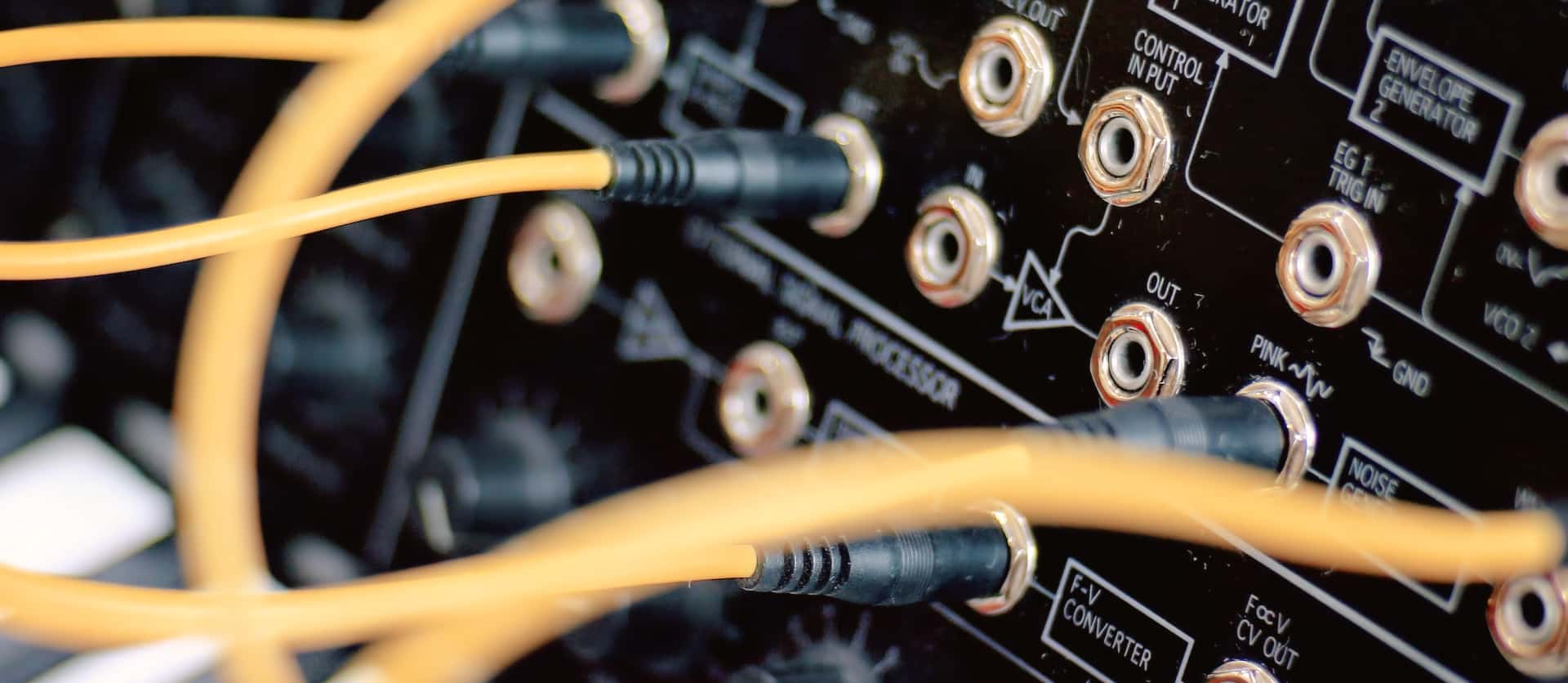
Sing Along
I want your soul, I will eat your soul. I want your soul, I will eat your soul. I want your soul, I will eat your soul. I want your soul, I will eat your soul. Come to daddy. Come to daddy. Come to daddy. Come to daddy. Come to daddy. Come to daddy. Come to daddy. Come to daddy. I want your soul, I want your soul, I want your soul, Aargh.
Richard D. James, 1997
How Aphex Twin Implemented Patterns and Programming into Music
Richard D. James, better known by his stage name Aphex Twin, is a British electronic musician and composer known for his innovative use of programming and patterns in his work. James next to other electronic artists is considered one of the most important and influential electronic musicians of all time, and his music continues to inspire and influence artists to this day.
One of James' earliest breakthroughs was his use of the Roland TB-303, a synthesizer often used in acid house which is a sub-genre of house and electronic music. James manipulated the instrument's programming to create complex and intricate patterns that were far beyond what had been heard in the genre before. This was the beginning of James' fascination with programming, and his music would continue to explore the possibilities of algorithmic composition and generative music.
Another hallmark of James' music is his use of patterns. His tracks often feature complex and intricate rhythms, with multiple layers of percussion and melody interweaving to create a dense and hypnotic sound. James' use of patterns is not just limited to rhythm, however. He has also been known to use patterns in melody and harmony, creating intricate and otherworldly soundscapes.
James' interest in programming and patterns is not just limited to his music, either. He has also created his own software, such as the program Max/MSP, which allows users to create and manipulate their own audio and video signals in real time. James' software has been used by a number of other musicians and artists, and has become a tool for experimentation and exploration in the world of electronic music and art.
In addition to his use of programming and patterns, James is also known for his innovative use of sound design. His tracks often feature unconventional sounds and textures, created through a combination of synthesis, sampling, and manipulation. James' attention to detail and experimentation has helped to push the boundaries of what is possible in electronic music, and his work continues to inspire new generations of musicians and producers.
In conclusion, Richard D. James' use of programming and patterns has made a significant impact on the world of electronic music. His innovative approach to algorithmic composition and sound design has helped to push the boundaries of what is possible in music, and his work continues to influence and inspire artists to this day. James' legacy as a pioneer of programming and patterns in music is sure to endure for years to come.
A Few Examples of Other Musicians Using Programmatic Patterns
- Autechre, a British electronic music duo, are known for their use of algorithmic and generative music techniques in their music. They have developed their own software, called Max/MSP patches, to create intricate and constantly evolving patterns.
- Carsten Nicolai, better known by his stage name Alva Noto, is a German electronic music artist who frequently uses programmatic patterns in his music. His work often involves the use of complex mathematical algorithms to generate patterns and rhythms.
- Squarepusher or Tom Jenkinson is a British electronic music artist who often uses programmatic patterns in his music. He is known for his use of complex rhythms and intricate melodies that are often generated using algorithmic techniques.
- Boards of Canada, a Scottish electronic music duo, are known for their use of ambient textures and complex rhythmic patterns that are often generated using algorithmic techniques. Their music often evokes a sense of nostalgia and has been described as "hauntological" in nature.
